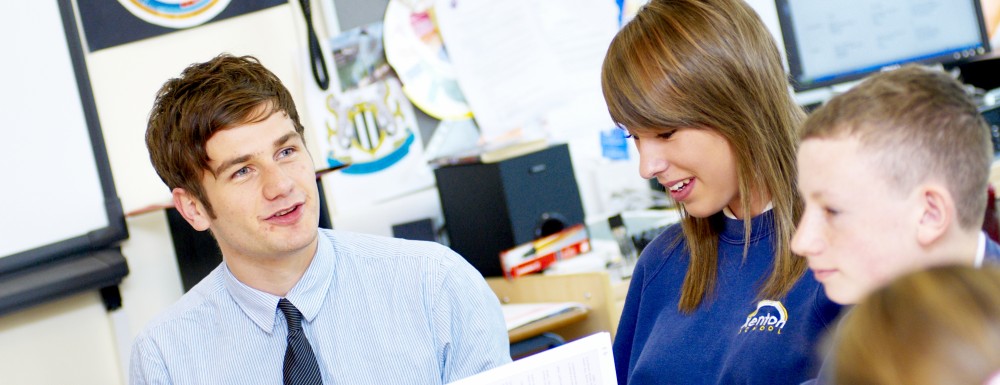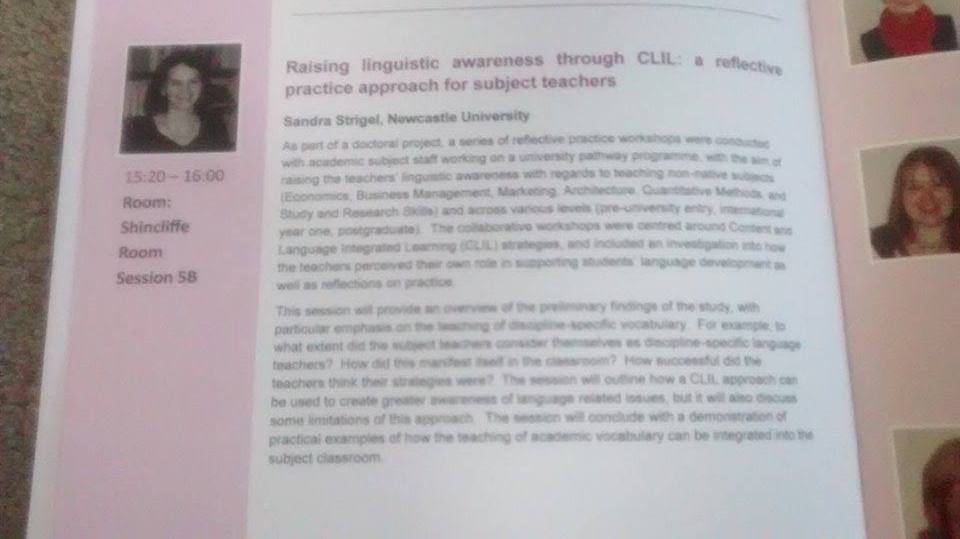This blog post follows up my initial thoughts concerning opportunities for change in August 2015 (https://www.bera.ac.uk/blog/an-opportunity-for-change). At that time, the opportunities in question related to the forthcoming review of National Professional Qualification programmes for Middle Leadership (NPQML), Senior Leadership (NPQSL) and Headship (NPQH) in England. I was looking forward to the chance to weaken existing social structures relating to teachers’ professional learning.
Empirical literature on the theme of National Professional Qualifications for school leadership serves mainly to evaluate the programmes themselves in relation to the concept of leadership. I have not uncovered any existing accounts of how to prepare NPQ participants for final assessment in the English context. A search of national leadership development programmes in Scotland suggested findings from Jenny Reeves and Christine Forde concerning complexities involving concepts of space, identity and agency. Empirical work by these authors identifies a ‘third space’ which combines leadership development programme assessment when addressed within the school context. This can become foggy when expectations of school conflict with experiences from face-to-face days on the leadership development programme.
Teachers’ negative identities of themselves as learners can impede their agency in relation to engaging with professional learning programmes
This empirical evidence would certainly validate accounts from NPQ programme administrators regarding the content and nature of questions from participant e-mails about aspects of the final assessment process. Indeed, my own observations as a facilitator on face-to-face days would suggest that ordinarily highly competent individuals in their own school contexts are reduced to uncertain novices where writing up and submitting accounts of their in-school leadership initiatives are concerned. Teachers’ negative identities of themselves as learners can impede their agency in relation to engaging with professional learning programmes and writing up final assessment submissions.
We are living in an environment now where some teachers quite like being done to: tell me what to do, tell me what I have to do next. This may be the consequence of a need for self-preservation in a workplace of ever increasing demand. I have become increasingly frustrated with this when it translates into how aspiring leaders approach their professional development. As a lead facilitator on leadership development programmes, I sometimes find myself thinking, “You are preparing yourself for senior school leadership, yet you are still asking me what you need to do!” Individual contexts and expectations play a key role in enabling or blocking their teachers’ perceptions of their capable selves, which in turn help or hinder their willingness to engage in the final assessment stages of their programmes.
If we take Biesta and Tedder’s concept of ecological agency seriously, some people find the school very conducive to preparing their final assessment, and it fits, but for other people, if the school context is not conducive, the space is much more conflicted and difficult for them. This not only reflects the competence of the aspiring leader, it concerns the degree of ecological agency that is available within the school, which spiritually encourages or discourages, and materially encourages and discourages. A lot of teachers’ competency is shown by their ability to reflect on the context, the assessment and the task rather than just the first order, do the task.
It isn’t just about teachers’ own agency, however. It is also about spiritual, emotional and physical conditions because agency also resides in the context. This concerns an aspect of Hermans’ dialogical self theory (DST), which involves having a helicopter view of a particular context and asking, ‘What sense do I make of this?’ In this way, teachers are able to comment on not just themselves but themselves in that social context. It requires teachers to read the context, which can be very difficult if they have only ever taught in one place. It also requires for them to discuss amongst themselves so that they get more of a sense of what it’s like in other places.
So what does it all mean? For me, it’s about trying to support a shift in perspective, presenting a pedagogical approach which allows participants to understand their ecological context earlier on in their NPQ programme. For participants, it’s about realising the role and power of their contexts as well as their personal capacity to act within and beyond them.
Taken from the BERA blogs.




